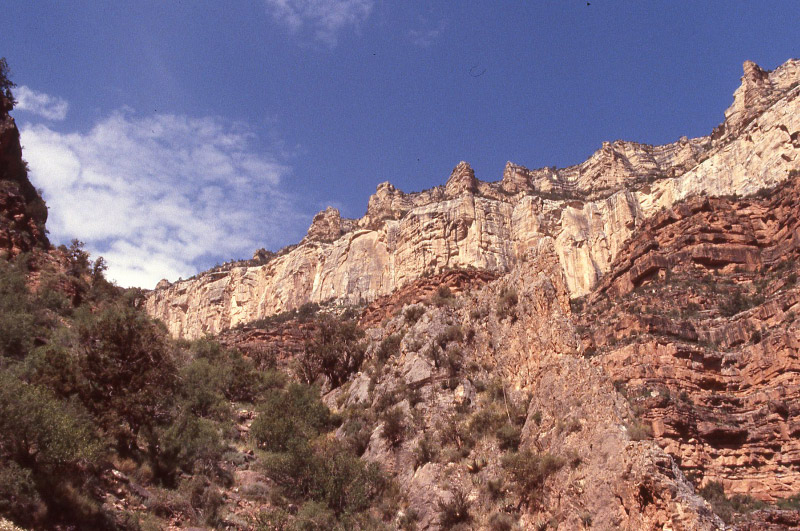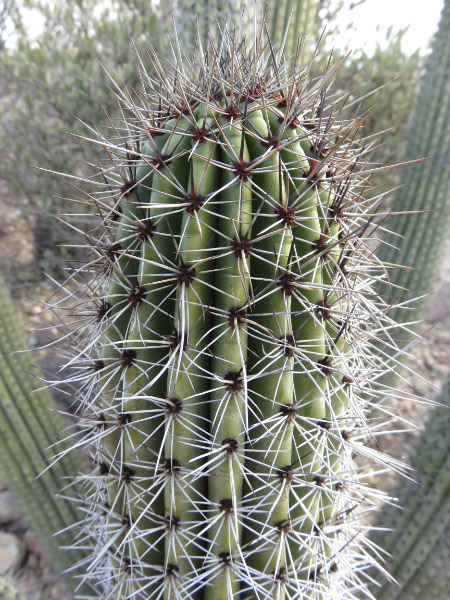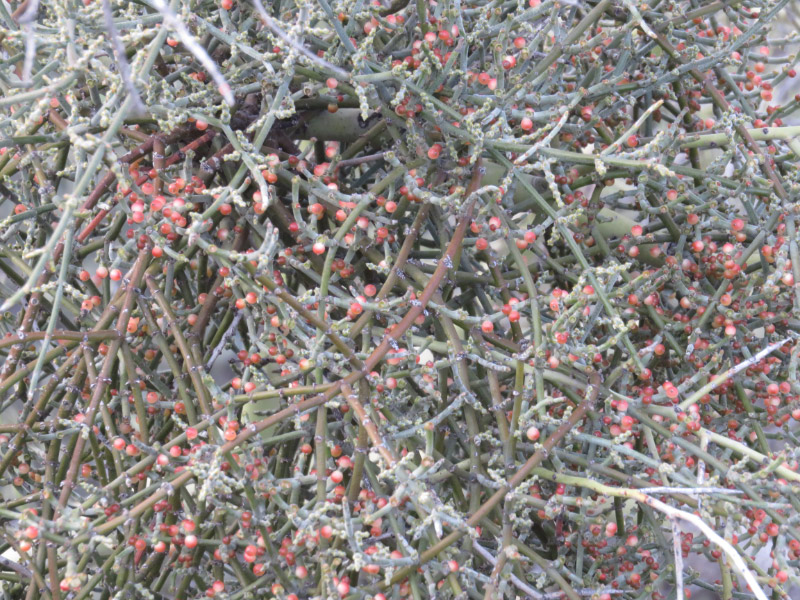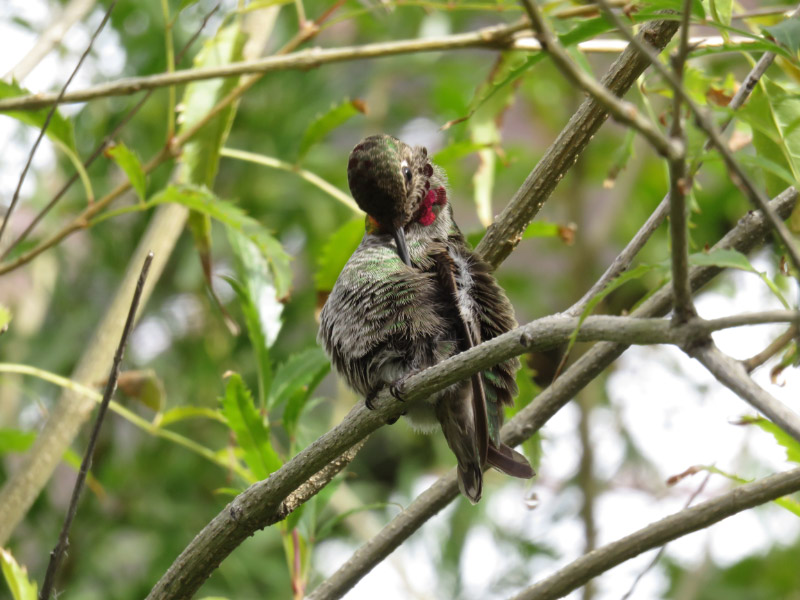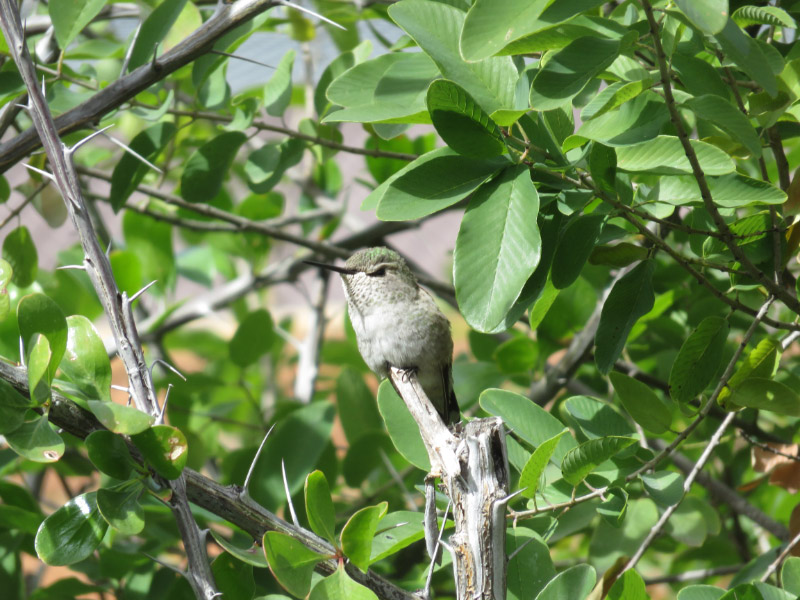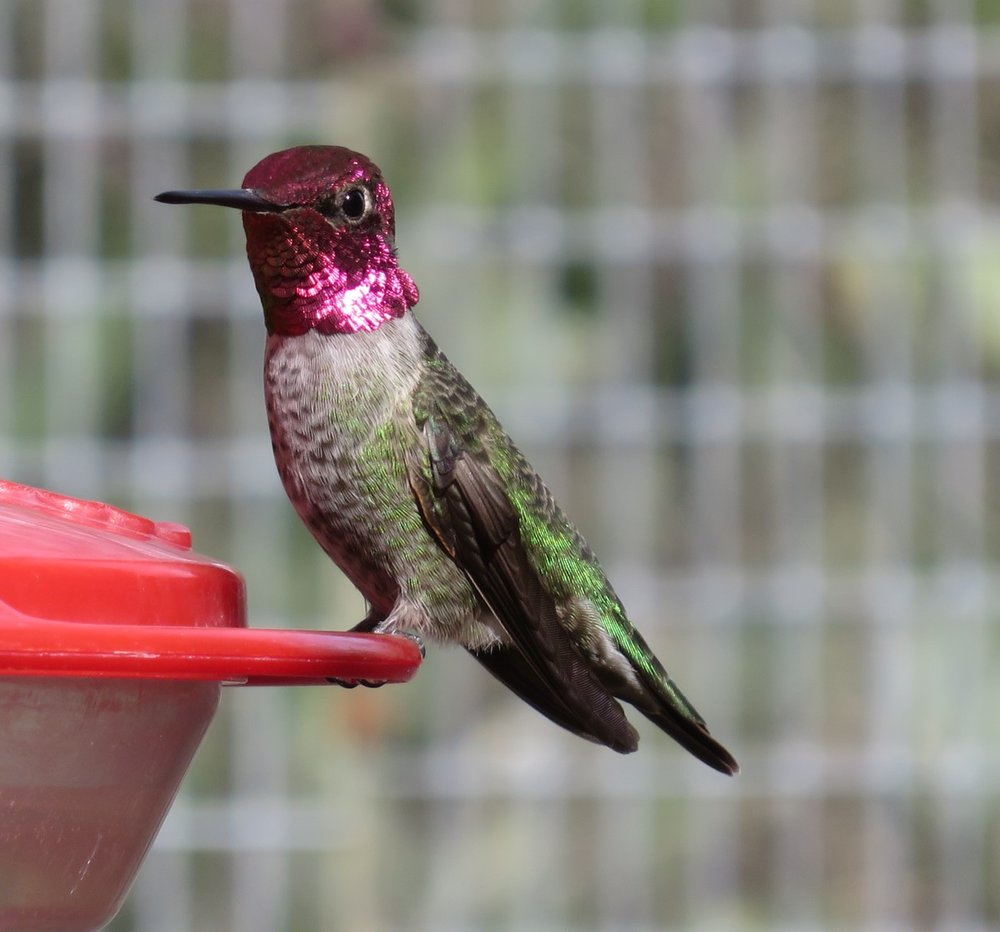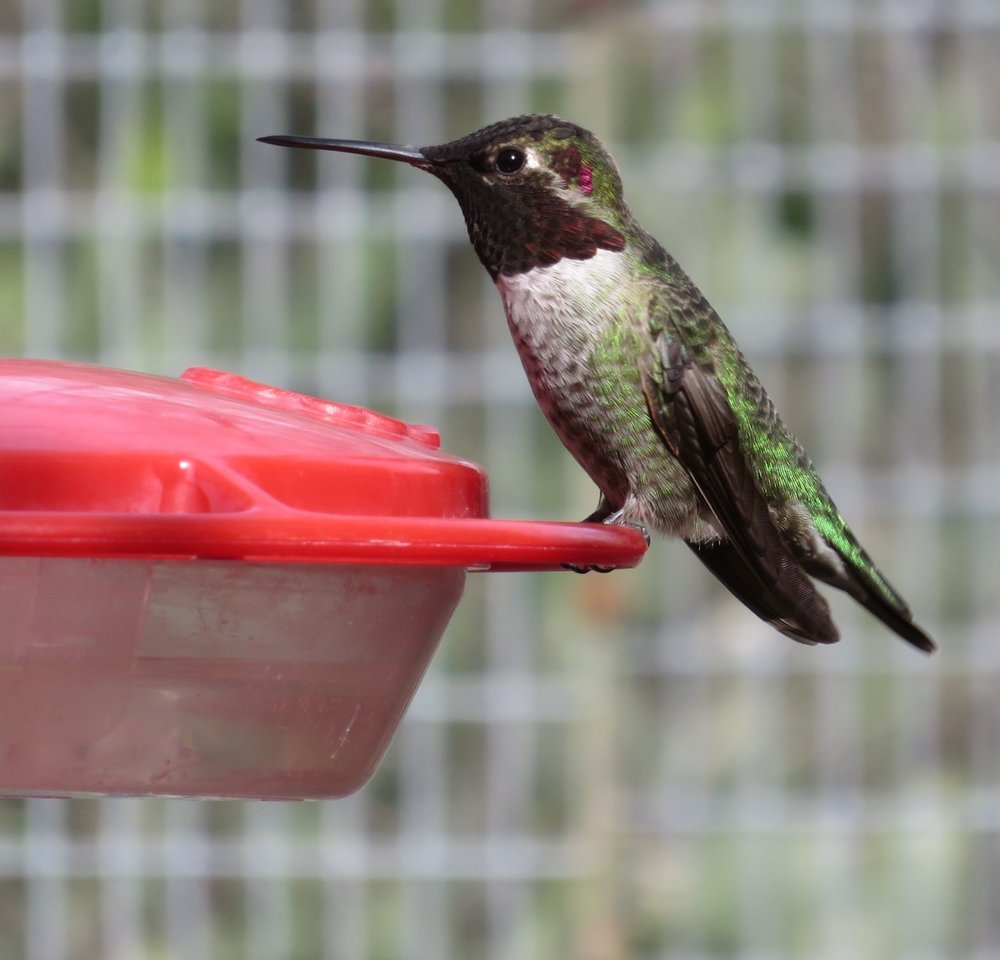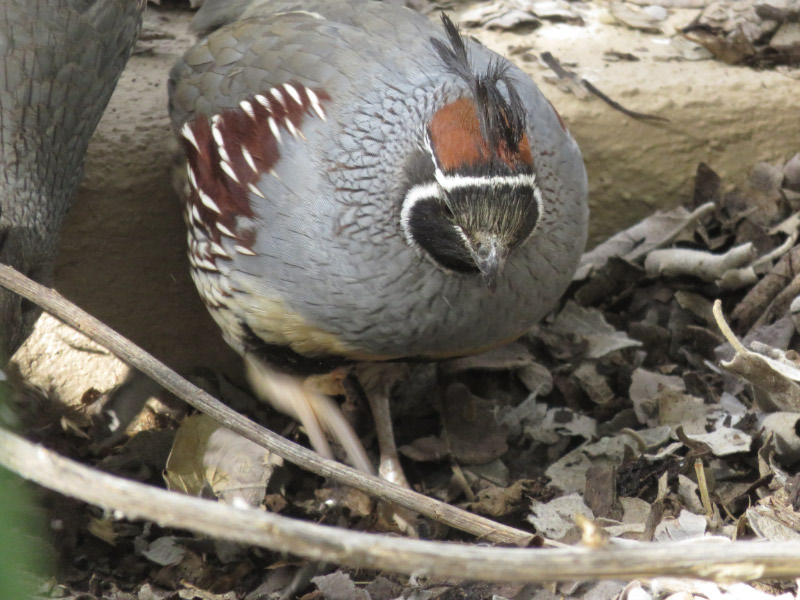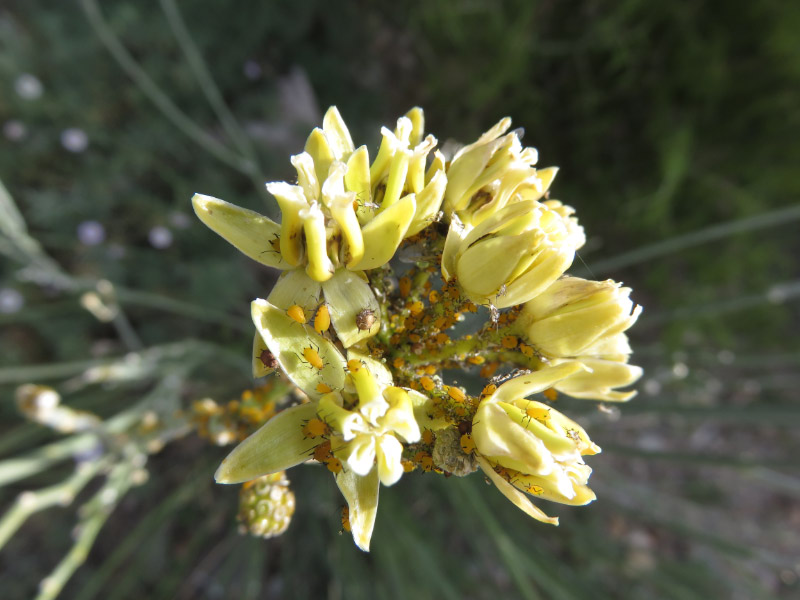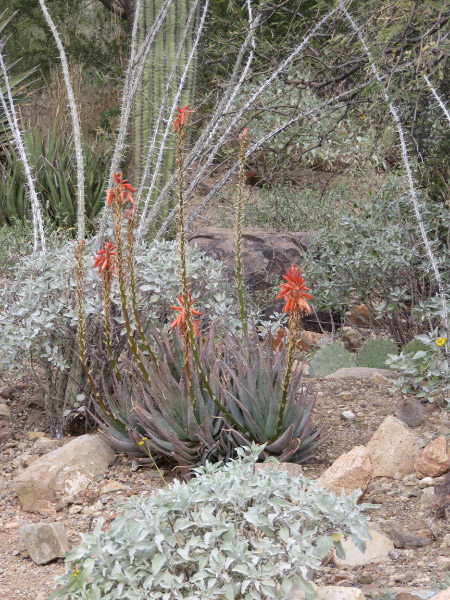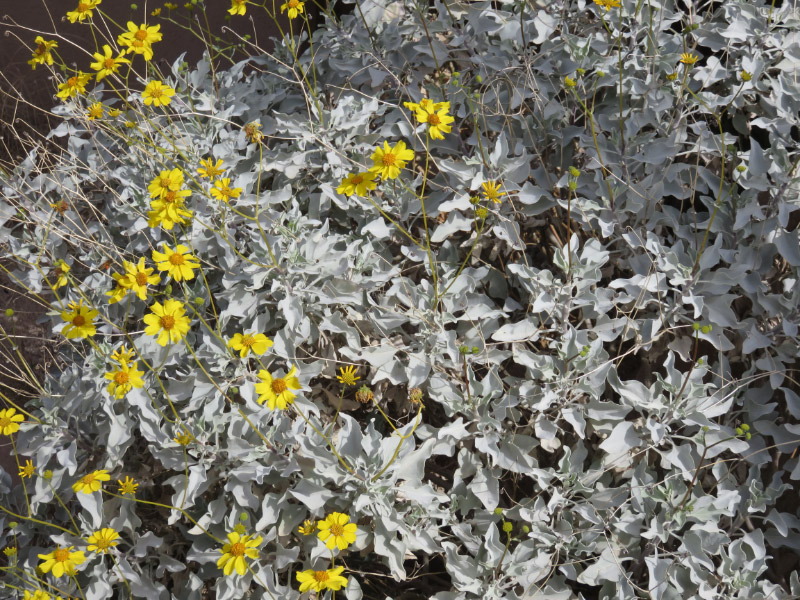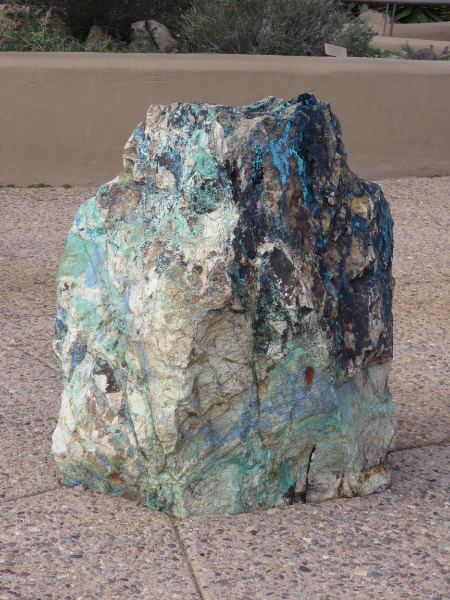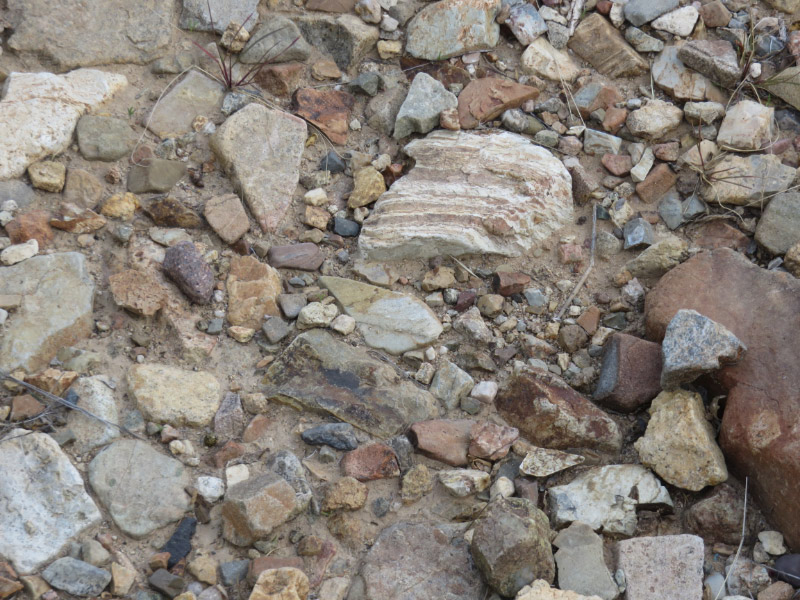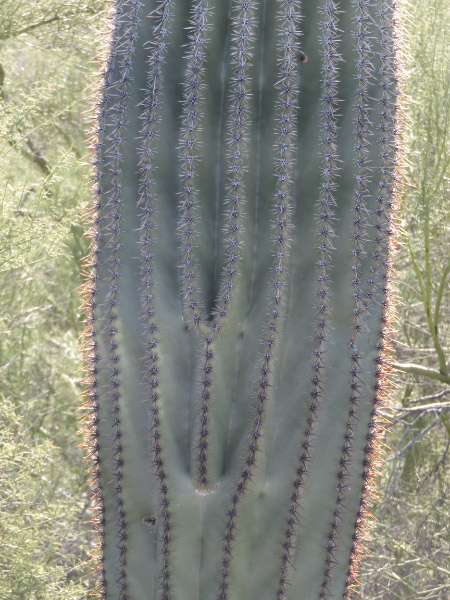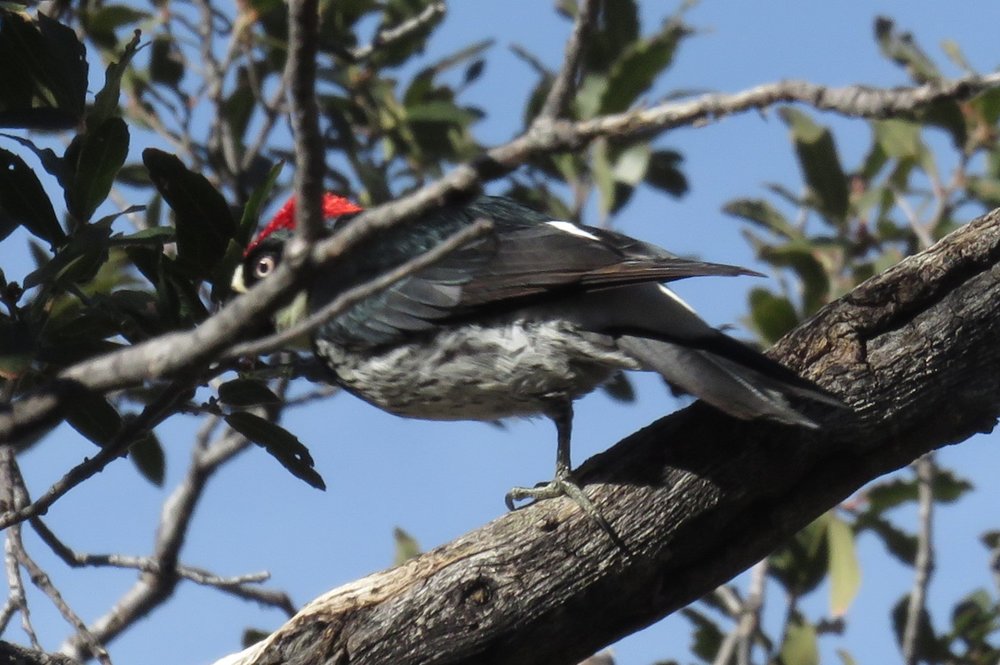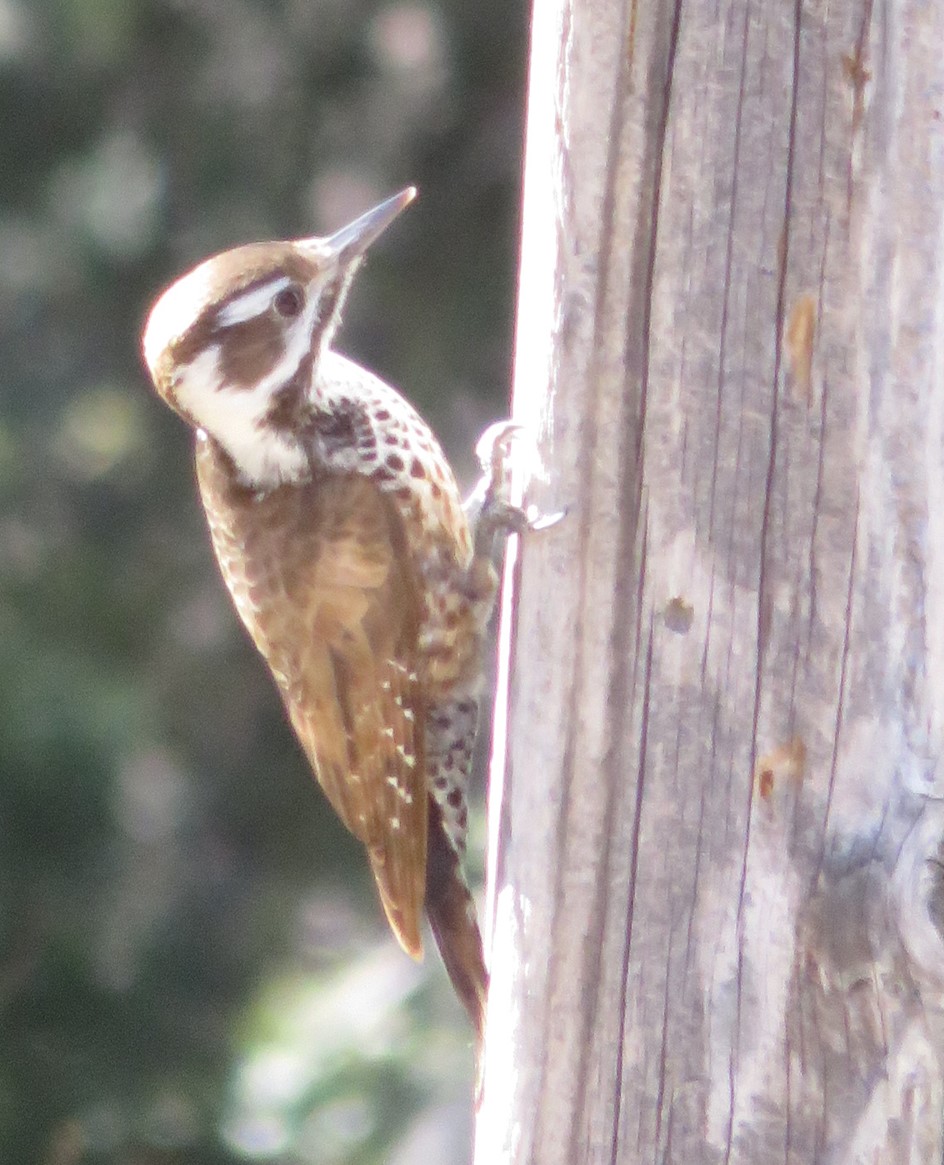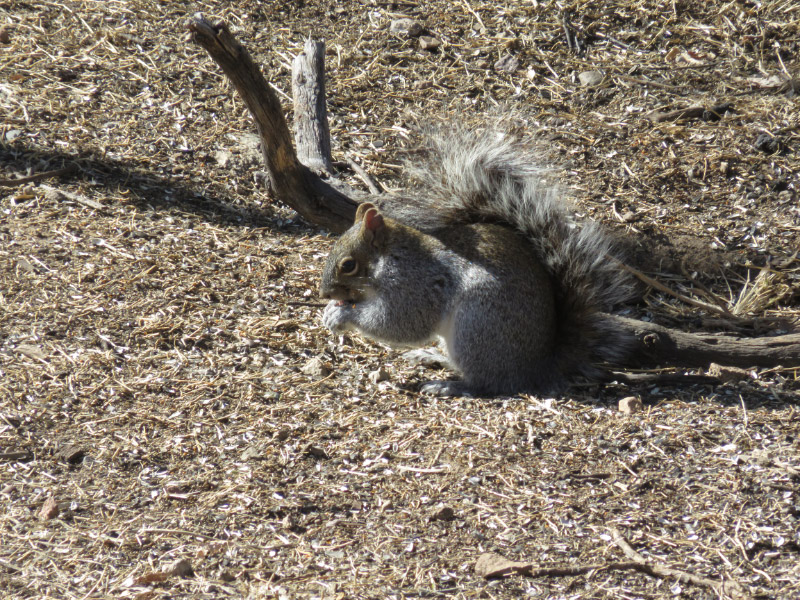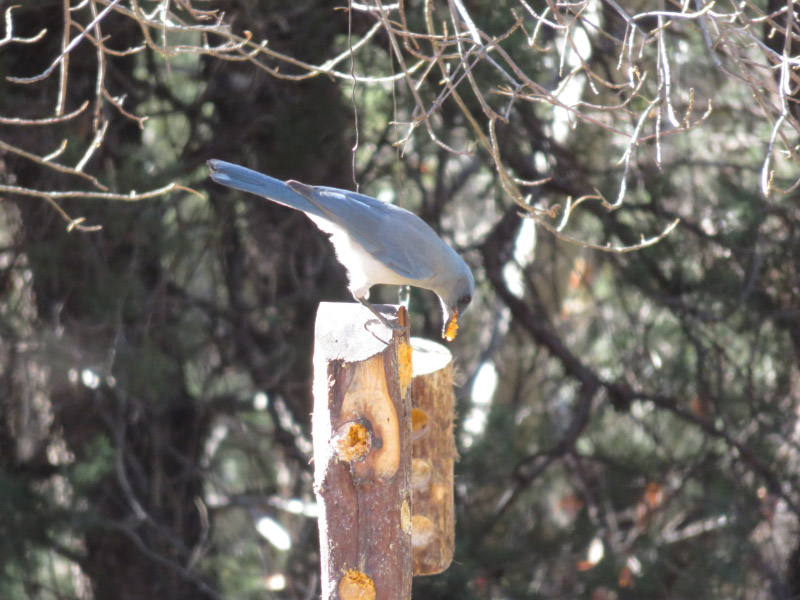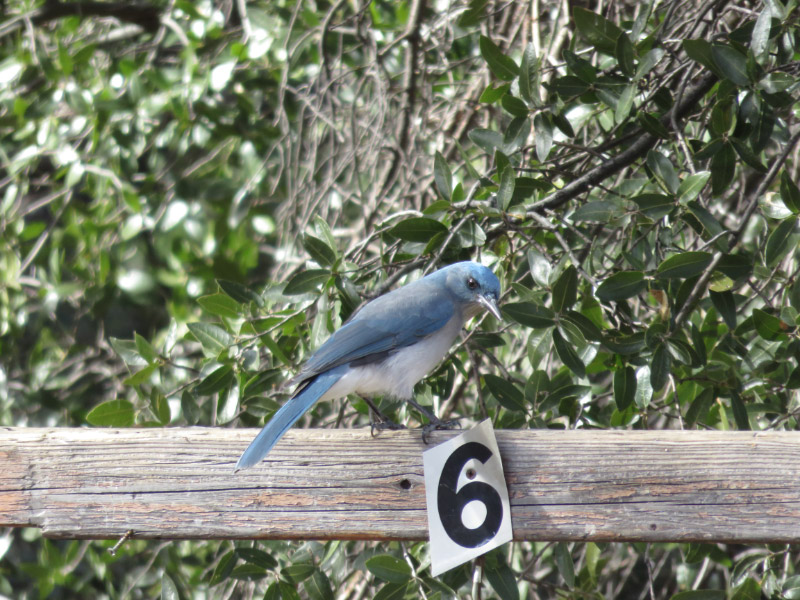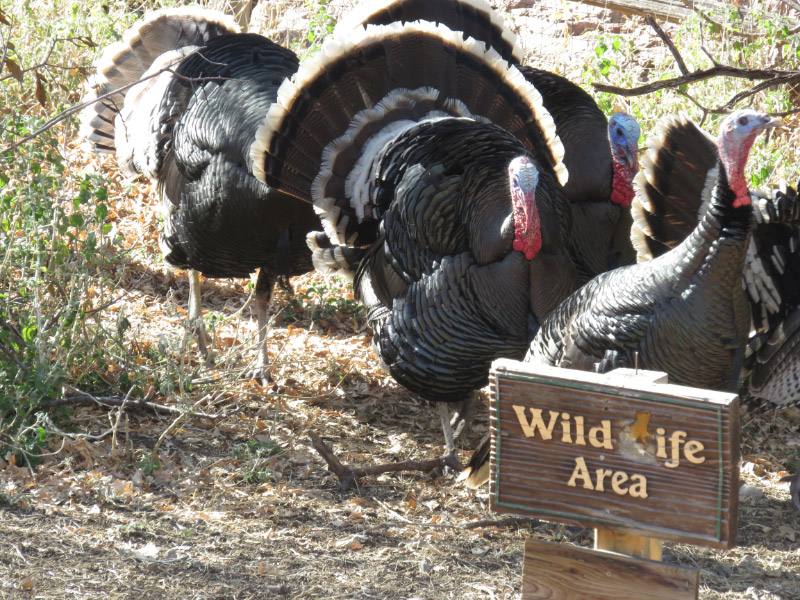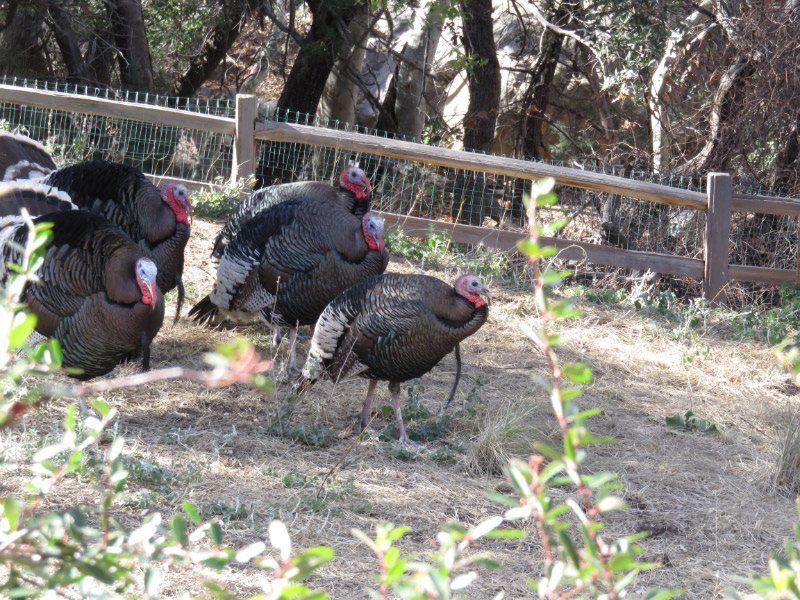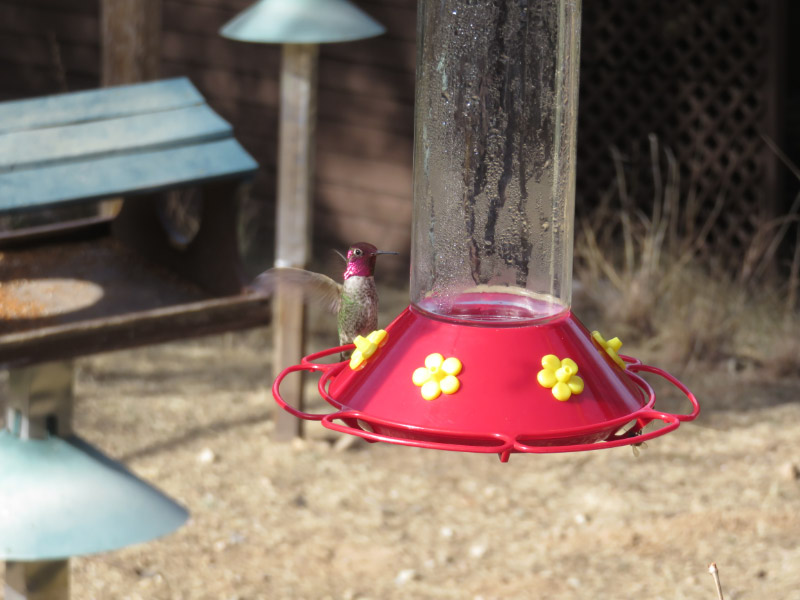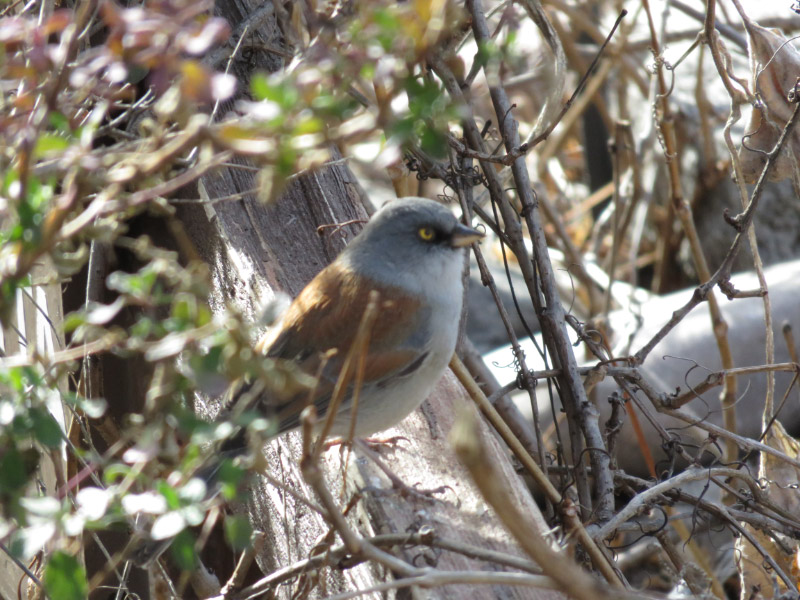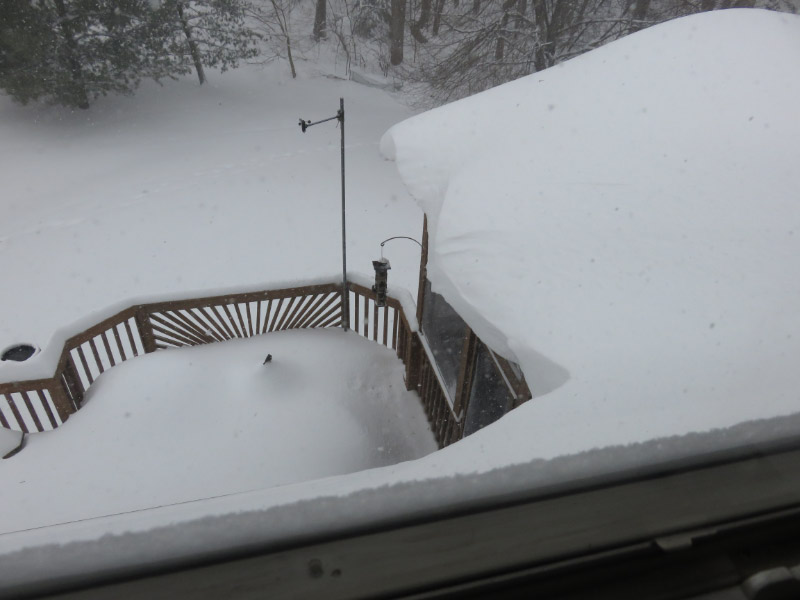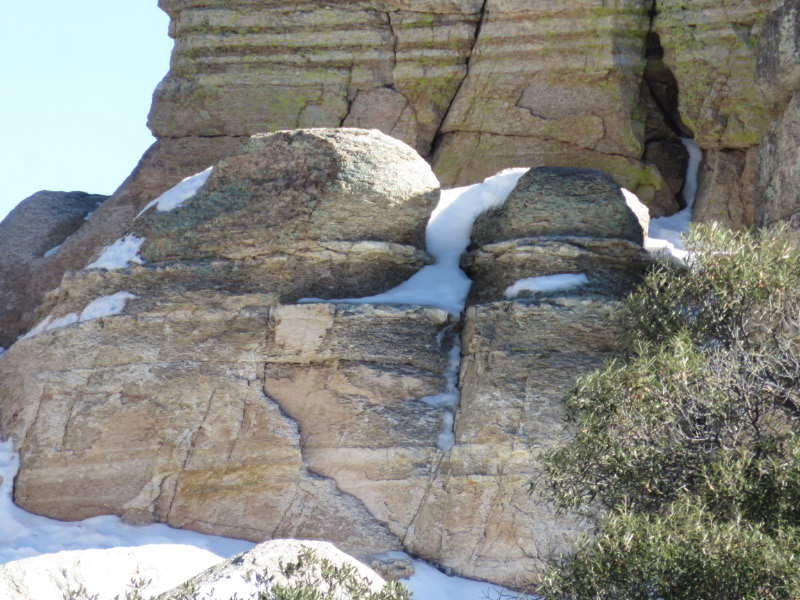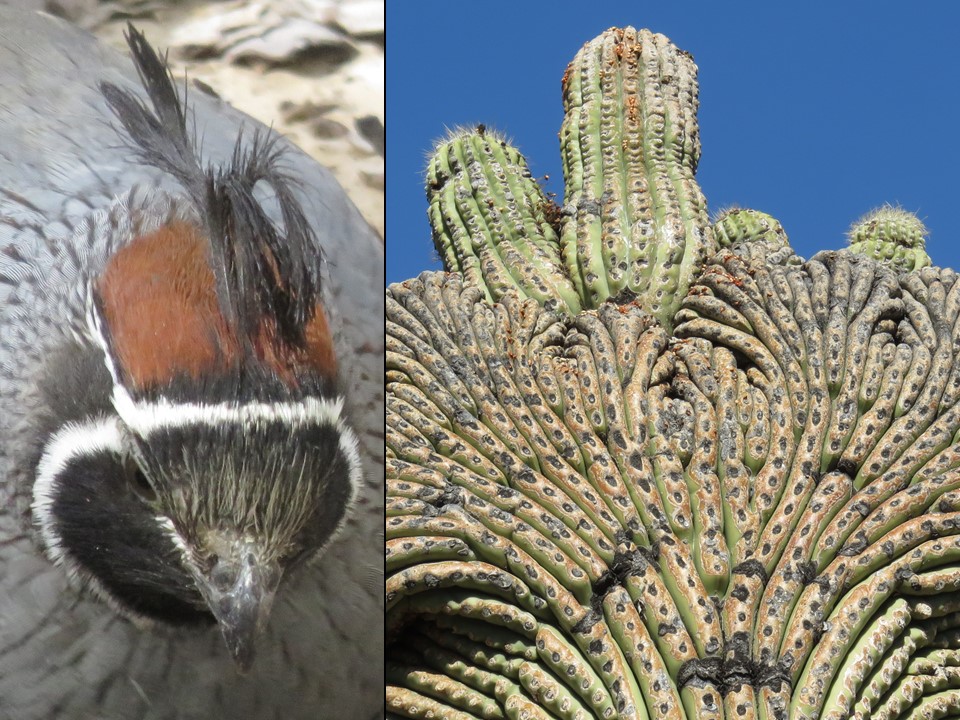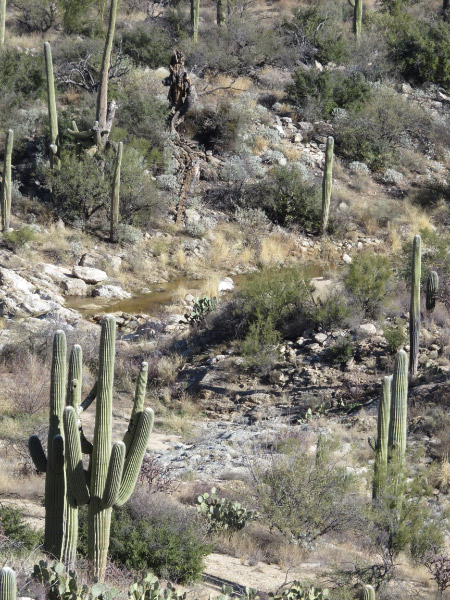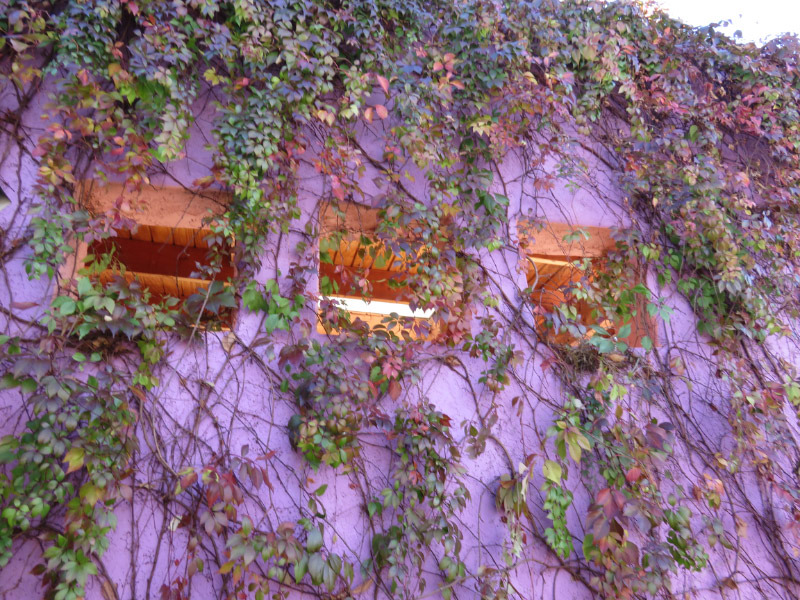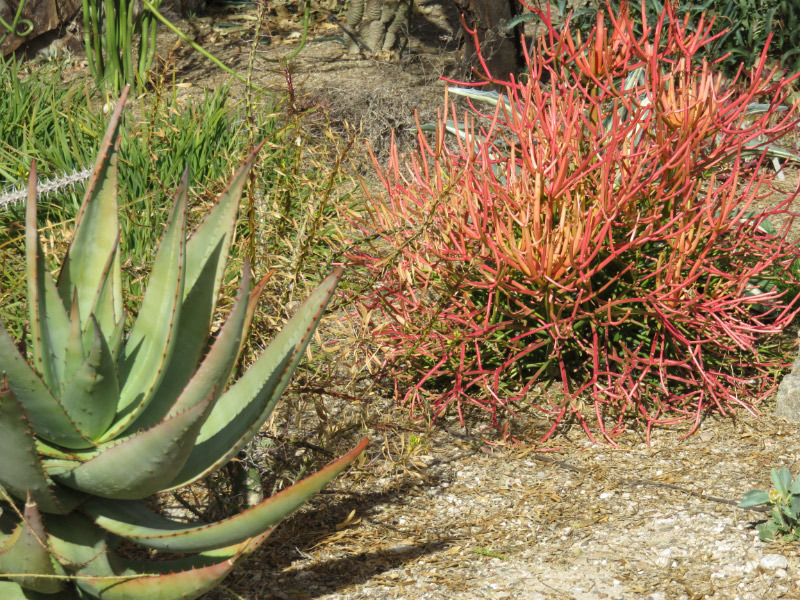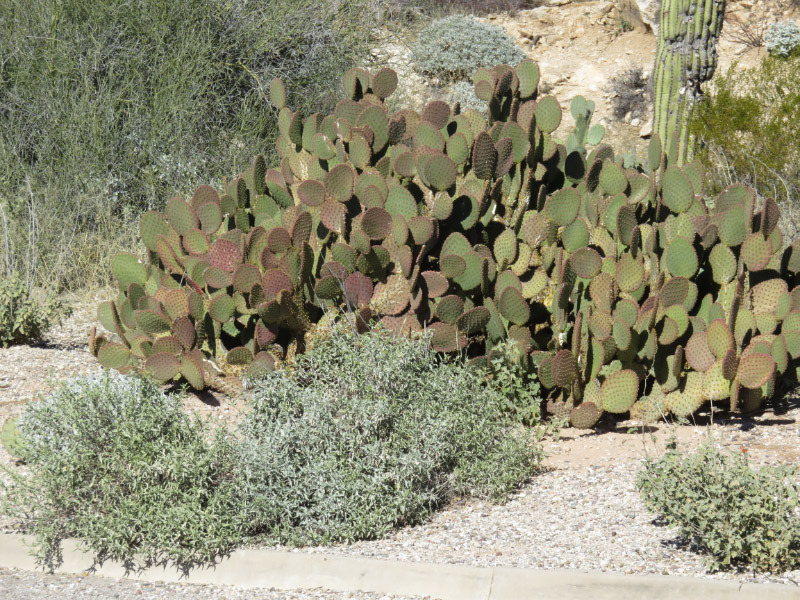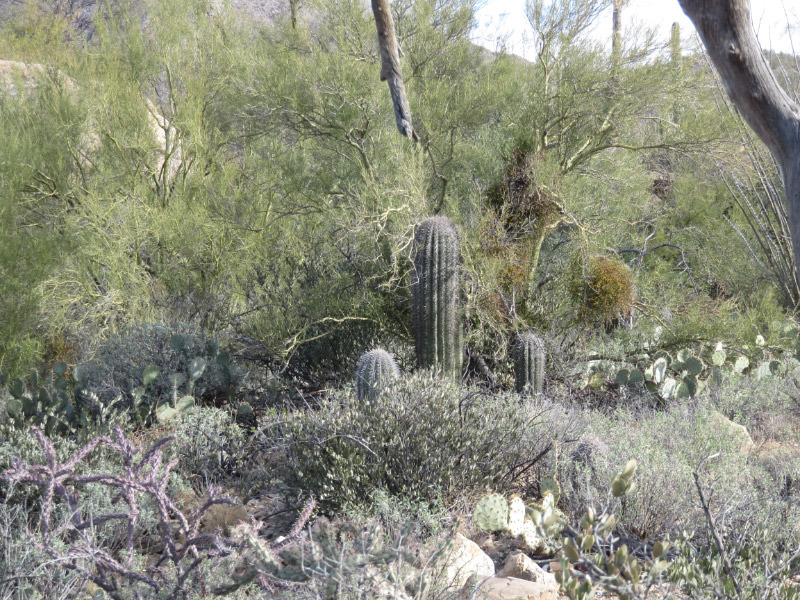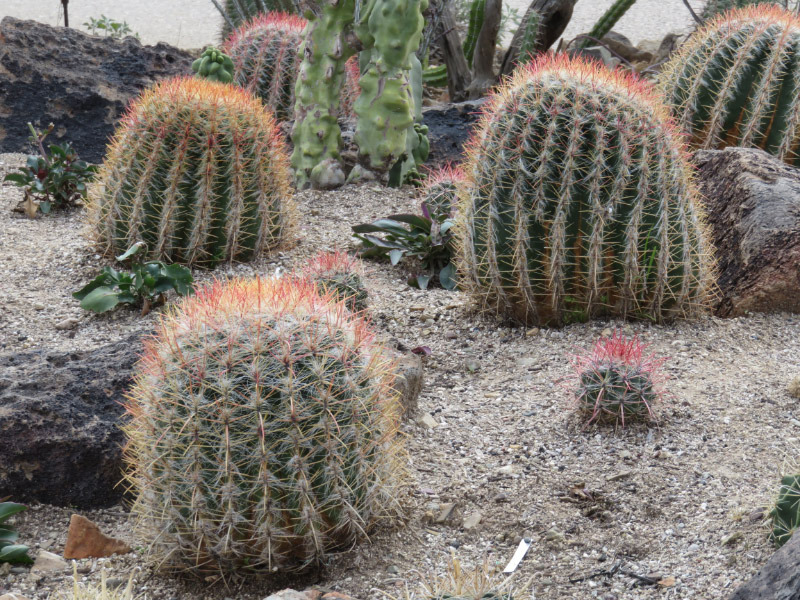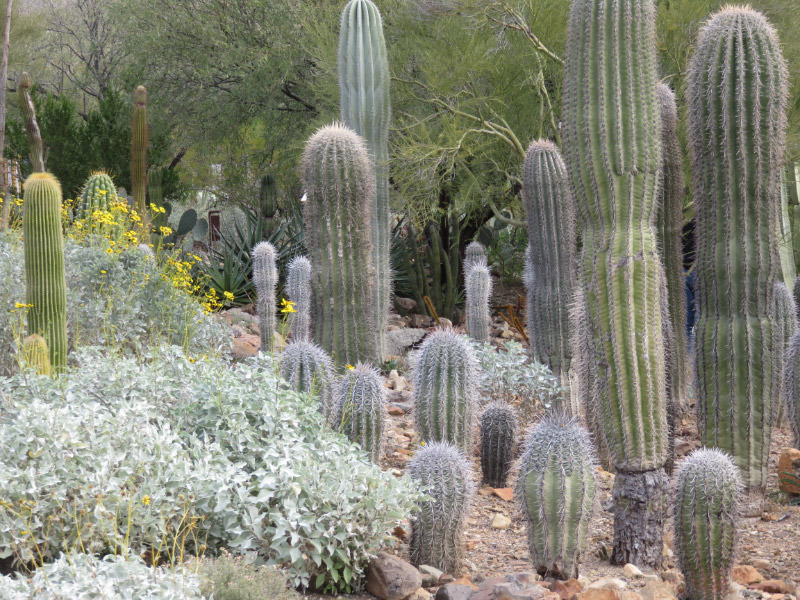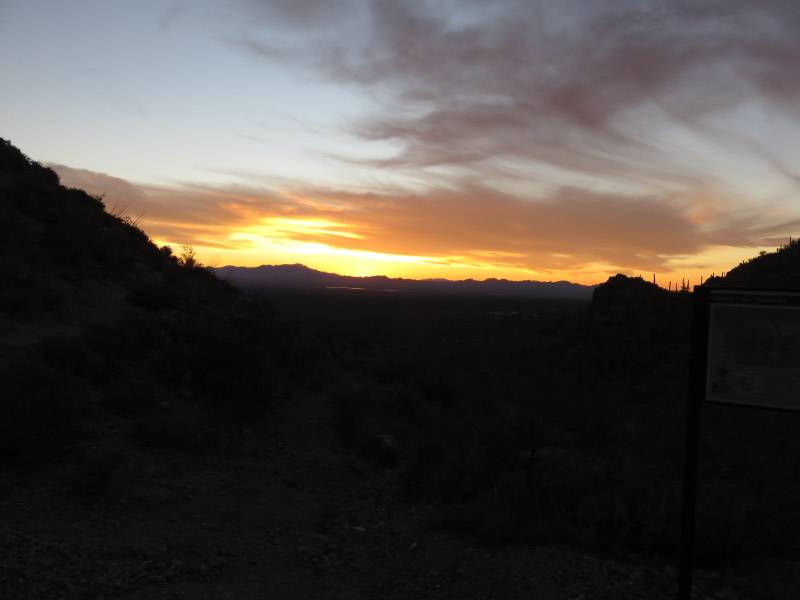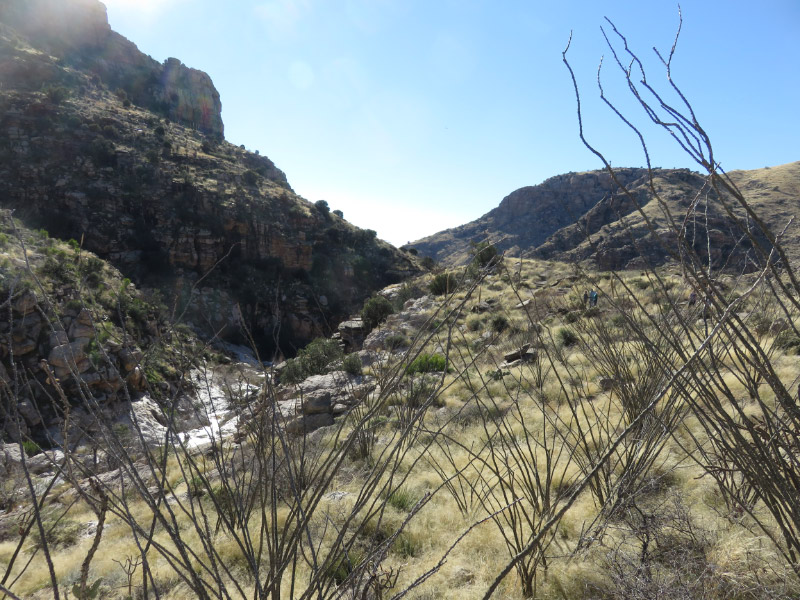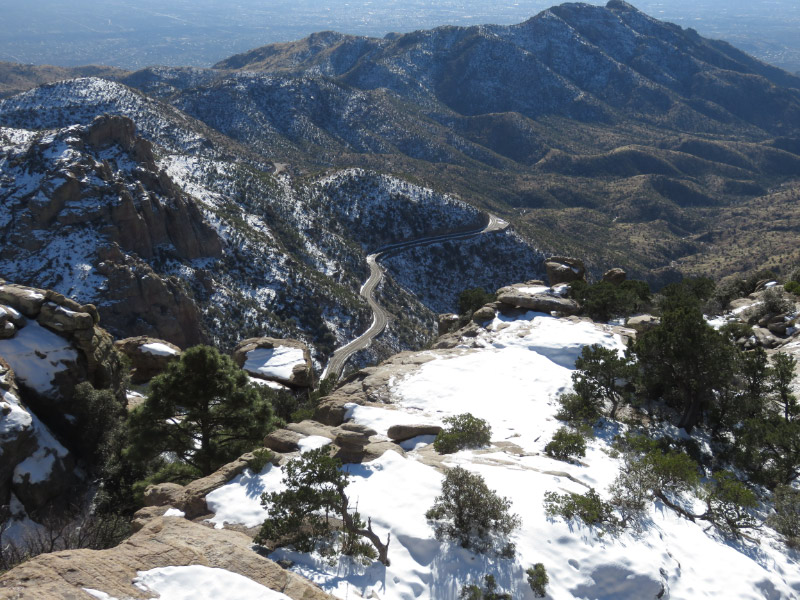The Grand Canyon in 1971 and 1983
/I posted about our visit to Grand Canyon National Park back in January 2015. My scanning project has digitized the pictures I have from 2 earlier visits! The first was in March of 1971. The two pictures below were probably taken through a bus window.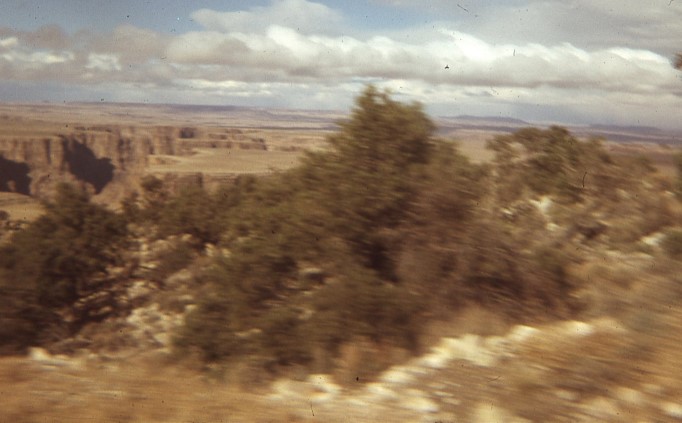
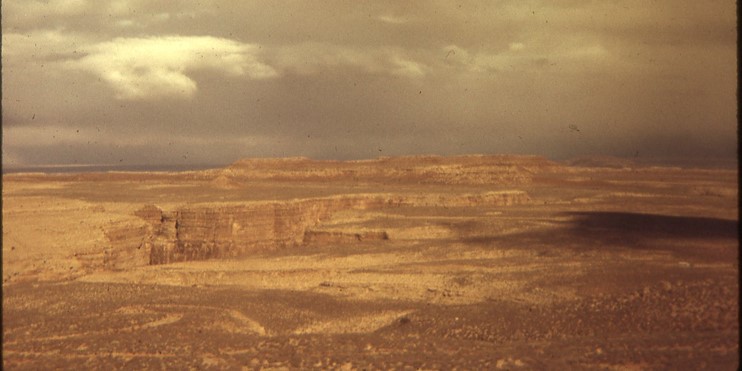
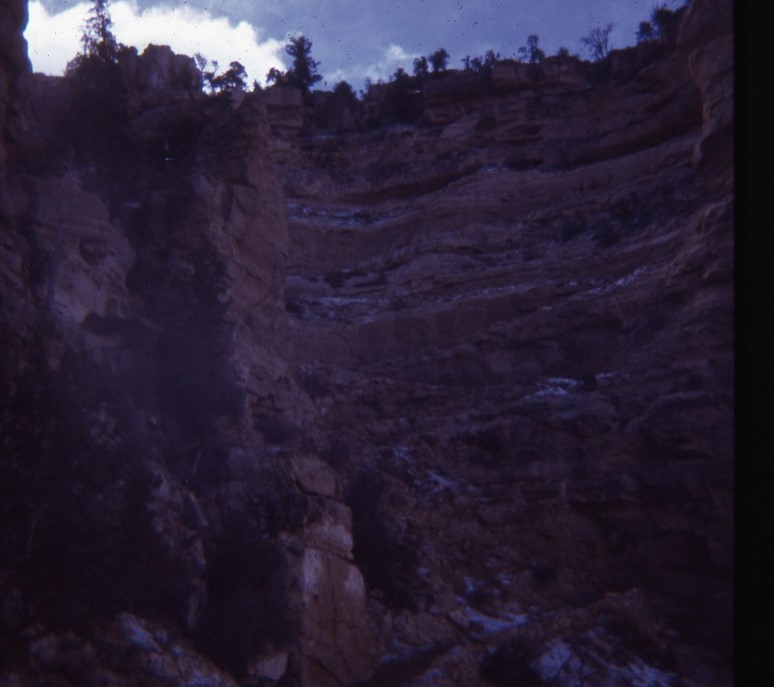 We hiked down a little way down the Bright Angel Trail. The wind was cold and a light snow started to fall. You can see some of the accumulation in the rocks.
We hiked down a little way down the Bright Angel Trail. The wind was cold and a light snow started to fall. You can see some of the accumulation in the rocks.
But the sun came out soon. I remember getting sand in my contact lenses (this was before the soft contact lenses were invented…so it hurt a lot) and being very teary eyed on the hike up because I was afraid the lenses would blow away if I tried to take them out.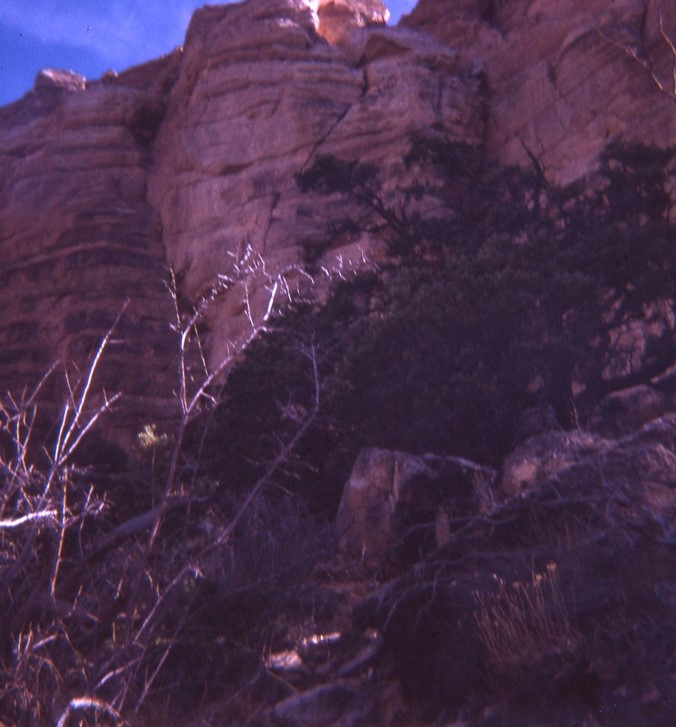
Back at the rim – it’s easy to see that the clouds with the snow are moving away…and the dust on the color slide that I didn’t get off before I scanned it.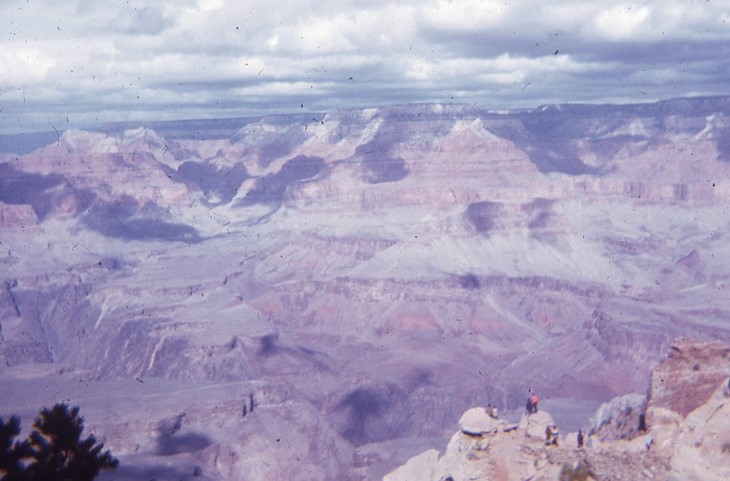
Skipped forward to late May of 1983 – we got up at dawn and caught the sunrise on the rocks.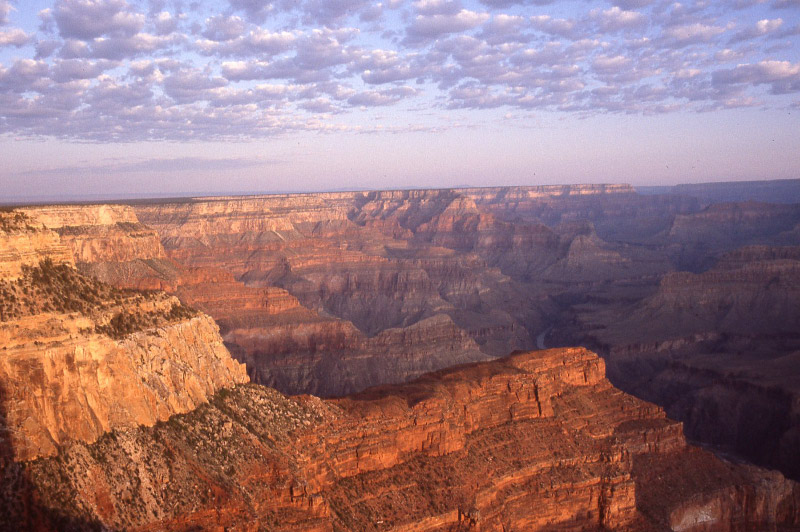
We started early for a hike down to the plateau.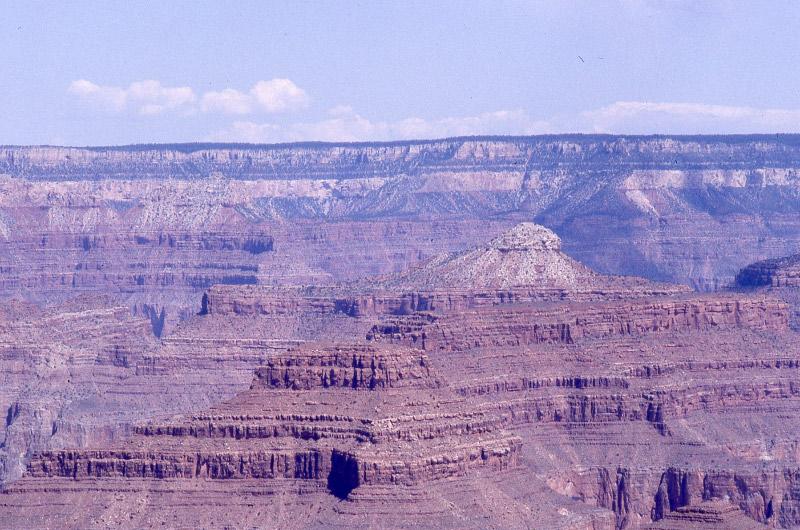
We could see the river soon enough.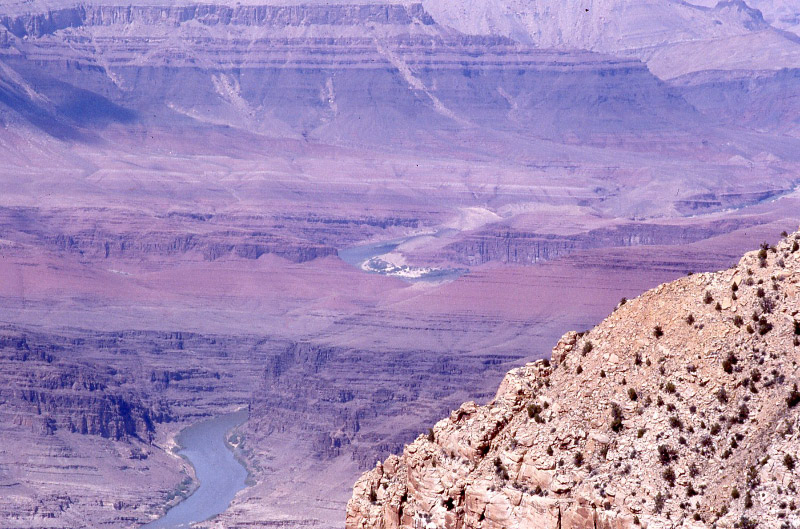
See how brown the river looks? I looked up when the Glen Canyon Dam came online because I knew that when it did the sediment in the river was dramatically reduced...but discovered that it was completed in the 1960s. The Wikipedia entry did mention that in the spring and early summer of 1983 the water level in the dam was very high (and climbing) because of the runoff from the heavier than usual snow that fell the previous winter. The dam almost failed and a lot of water was being released…along with sediment...during the time we visited the Grand Canyon!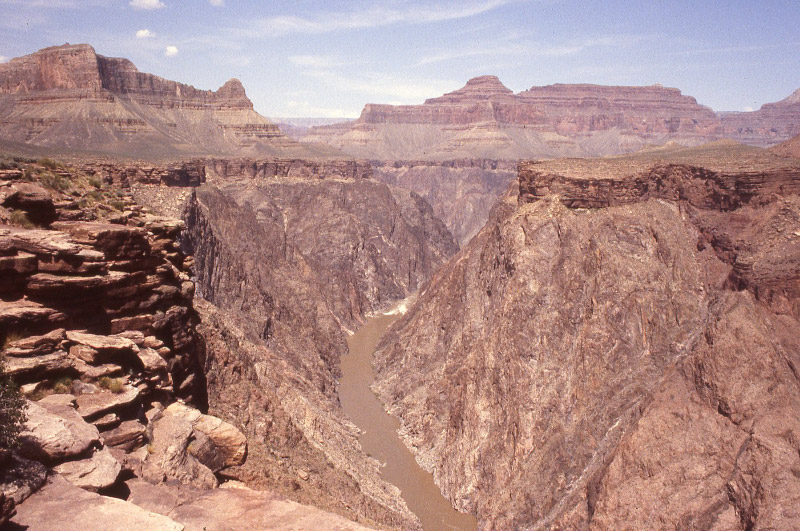
 It appears that there were people on rafts in the river in 1983!
It appears that there were people on rafts in the river in 1983!
The path down is a lot of switch backs then a downward slope of the plateau.
We were walking but there were people on mules on the same trail - all the way down.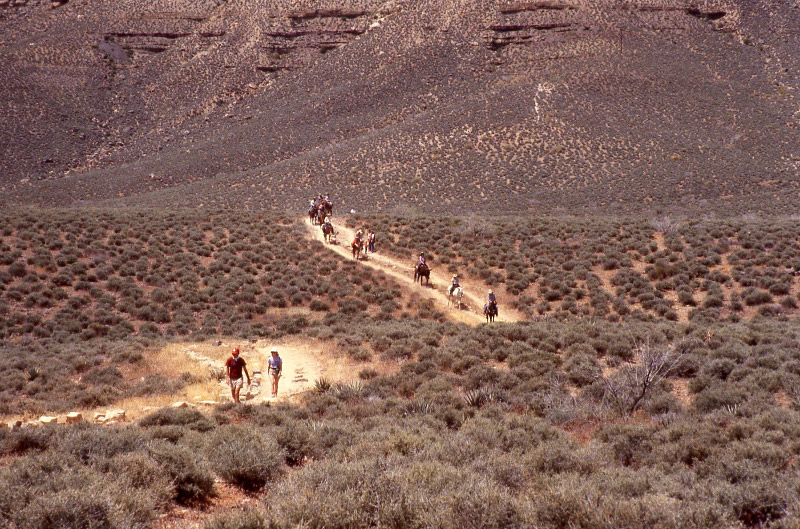
Looking up to the sky…..from inside the canyon...good memories.